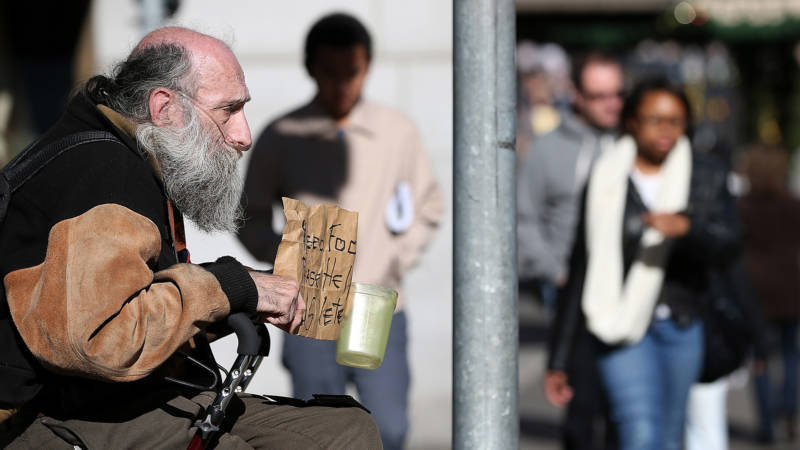As part of SF Project Homeless, a week of coordinated media coverage on homelessness in the Bay Area, KQED asked our listeners what questions they have about homelessness. We received more than 1,200 responses, with questions ranging from what are the root causes of homelessness to how to respond when someone is passed out on the sidewalk. In this hour, we’ve gathered a group of people who work with the homeless across a variety of disciplines to answer those questions.
Interview Highlights
On What Causes Homelessness
“We have a poverty problem in this country. Thirty percent of Americans are at or near the poverty level. When you have that level of poverty, you’re not going to eliminate homelessness; you’re fixing homelessness on the other end. If we had the kind of affordable housing funding we had way back, decades ago, it’d be a different picture. If the minimum wage paid what it paid decades ago, instead of half what it did in 1980 in terms of buying power, we’d have a different picture. So we’re essentially bailing the tide out.” – Kevin Fagan
On Other Cities Sending Homeless People to the Bay Area
“Through my years of coverage, I’ve visited homeless enclaves all over the country. Every city says that people are sending their homeless people to them, even cold cities. The weather’s good out here, so you get a few more. But I don’t think there’s a giant influx of people coming out here … I just don’t buy the idea that if you do better, you’re going to become the Disneyland of Homelessness.” -Kevin Fagan
